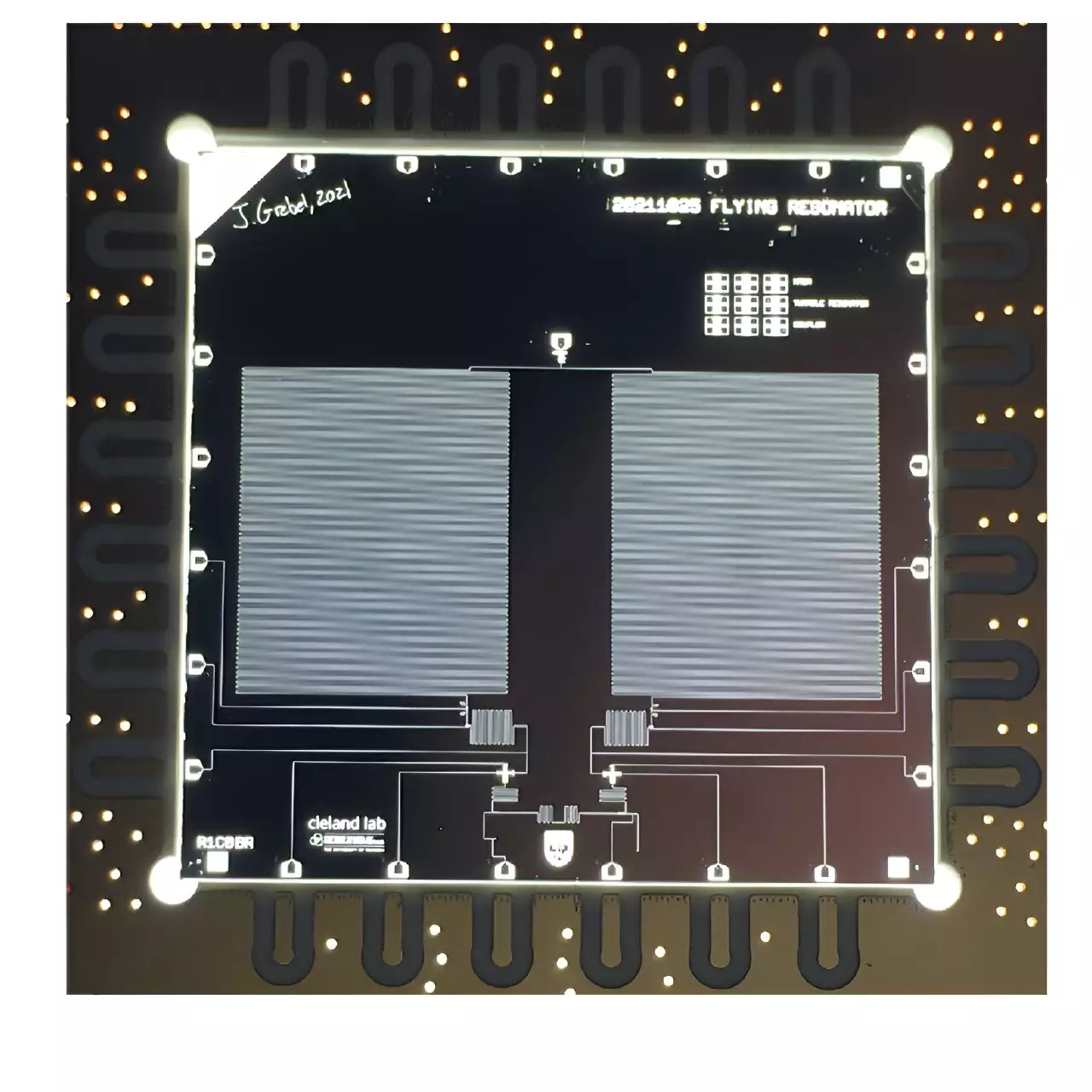In the realm of quantum physics, scientists and engineers have long been striving to develop reliable quantum communication systems that can serve as a testbed for evaluating and advancing communication protocols. Recently, a team of researchers from the University of Chicago introduced a pioneering quantum communication testbed with remote superconducting nodes. Their groundbreaking work, published in Physical Review Letters, has opened up new possibilities for efficiently communicating complex quantum states in superconducting circuits. This article delves into the details of their study and explores the promising implications of their findings.
The researchers’ study builds upon their previous groundbreaking research, which was published in prestigious scientific journals like Nature Physics and Nature. In those earlier works, they demonstrated the generation of remote entanglement and the transmission of complex quantum states, albeit one qubit at a time. However, in their current study, their aim was to push the boundaries further by attempting to send complex quantum states representing multiple qubits simultaneously.
To achieve this ambitious goal, the researchers harnessed the power of resonators – devices that exhibit electrical resonance and possess an infinite number of quantum levels. Resonators, theoretically capable of storing highly complex states that encode multiple qubits’ worth of data, offer a potential solution to increase available bandwidth. In their experiment, the researchers utilized two superconducting qubits, each connected to a tunable superconducting resonator. These resonators were further linked to a transmission line through a variable coupler.
In order to test the efficiency of their design, the researchers implemented a bidirectional transmission system. They employed one superconducting qubit to program different quantum states into its companion resonator using established methods. Subsequently, the researchers activated the coupling of the resonator to the transmission line, allowing the (possibly complex) quantum state to be released into the transmission line. This state then traveled as a set of entangled mobile photons, which were subsequently captured by the other resonator through the reverse of the release process. The received state was then analyzed using the qubit of that resonator. This bidirectional system demonstrated successful transmission of single microwave frequency photons, as well as the simultaneous transmission of a two-photon Fock state |2> in one direction and a one-photon Fock state |1> in the other direction. Additionally, the system successfully transmitted superposed photon Fock states |0>+|1> and |0>+|2>. Moreover, the researchers achieved the generation of N00N states, signifying entanglement between the two resonators.
The newfound quantum communication testbed created by the researchers holds immense promise for the future of quantum communication systems. Firstly, it could be instrumental in realizing distributed computing scenarios, where each node performs computations and communicates results efficiently with another node. Furthermore, the testbed could facilitate the demonstration of systems in which two nodes share and manipulate a complex state independently. The researchers believe that their platform could also be utilized for quantum communication, transmitting coded quantum information of varying complexity in a single transfer.
The work carried out by the researchers from the University of Chicago represents a significant leap forward in the field of quantum communication. Their introduction of a new quantum communication testbed with remote superconducting nodes opens up avenues for the efficient communication of complex quantum states in superconducting circuits. By harnessing the power of resonators and implementing bidirectional transmission systems, the researchers have propelled the field of quantum communication towards new frontiers. In the future, this groundbreaking work could pave the way for advancements in distributed computing and quantum communication, revolutionizing the way we transfer and manipulate information at the quantum level.



Leave a Reply